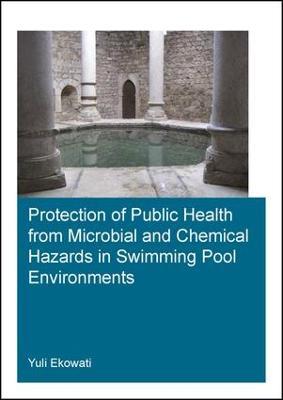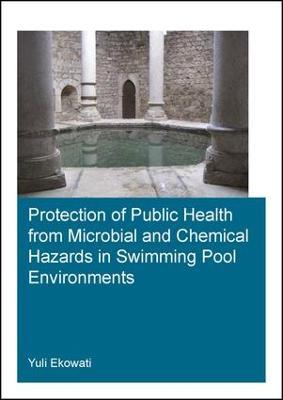L’articolo è stato aggiunto alla lista dei desideri
IBS.it, l'altro eCommerce
Protection of Public Health from Microbial and Chemical Hazards in Swimming Pool Environments
Cliccando su “Conferma” dichiari che il contenuto da te inserito è conforme alle Condizioni Generali d’Uso del Sito ed alle Linee Guida sui Contenuti Vietati. Puoi rileggere e modificare e successivamente confermare il tuo contenuto. Tra poche ore lo troverai online (in caso contrario verifica la conformità del contenuto alle policy del Sito).
Grazie per la tua recensione!
Tra poche ore la vedrai online (in caso contrario verifica la conformità del testo alle nostre linee guida). Dopo la pubblicazione per te +4 punti



Tutti i formati ed edizioni
Promo attive (0)
This thesis describes the occurrence of microbial and chemical contaminants in swimming pools and the investigation of an alternative disinfection technology, UVOX Redox® that could reduce reliance on chlorine and the formation of chlorinated disinfection byproducts (DBPs) in swimming pools. This technology was effective in inactivation of chlorine resistant microorganisms, represented by Bacillus subtilis spores, and in combination with chlorine generated lower concentrations of chlorinated DBPs compared to chlorination alone. It enhanced the removal of pharmaceuticals and personal care products (PPCPs), which were frequently present in indoor, outdoor and spa pools. Carbamazepine and 1H-benzotriazole were the most frequently detected PPCPs, while hydrochlorothiazide and 4-methylbenzylidene camphor were detected at the highest concentration. An investigation of seven different swimming pool facilities showed that clinically relevant fungi were omnipresent. Floors at the sites where the pool visitors converge, such as the exit leading to shower rooms, showed the highest fungal concentrations. The distribution of fungi inside the swimming pool facilities highlighted potential transmission pathways and a possible risk of fungal infections. Future swimming pool water guidance should include raising awareness among swimmers, pool operators and managers about hygienic behaviour and better hygiene measures, and application of alternative disinfection technologies such as UVOX. Key features: Identifies clinically relevant fungi in swimming pool environments Identifies potential transmission pathways of clinically relevant fungi in indoor swimming pools Highlights the occurrence of PPCPs in different type of pools and their relation with pool water treatment Assesses an alternative disinfection technology for swimming pool water treatment.
L'articolo è stato aggiunto al carrello
L’articolo è stato aggiunto alla lista dei desideri



